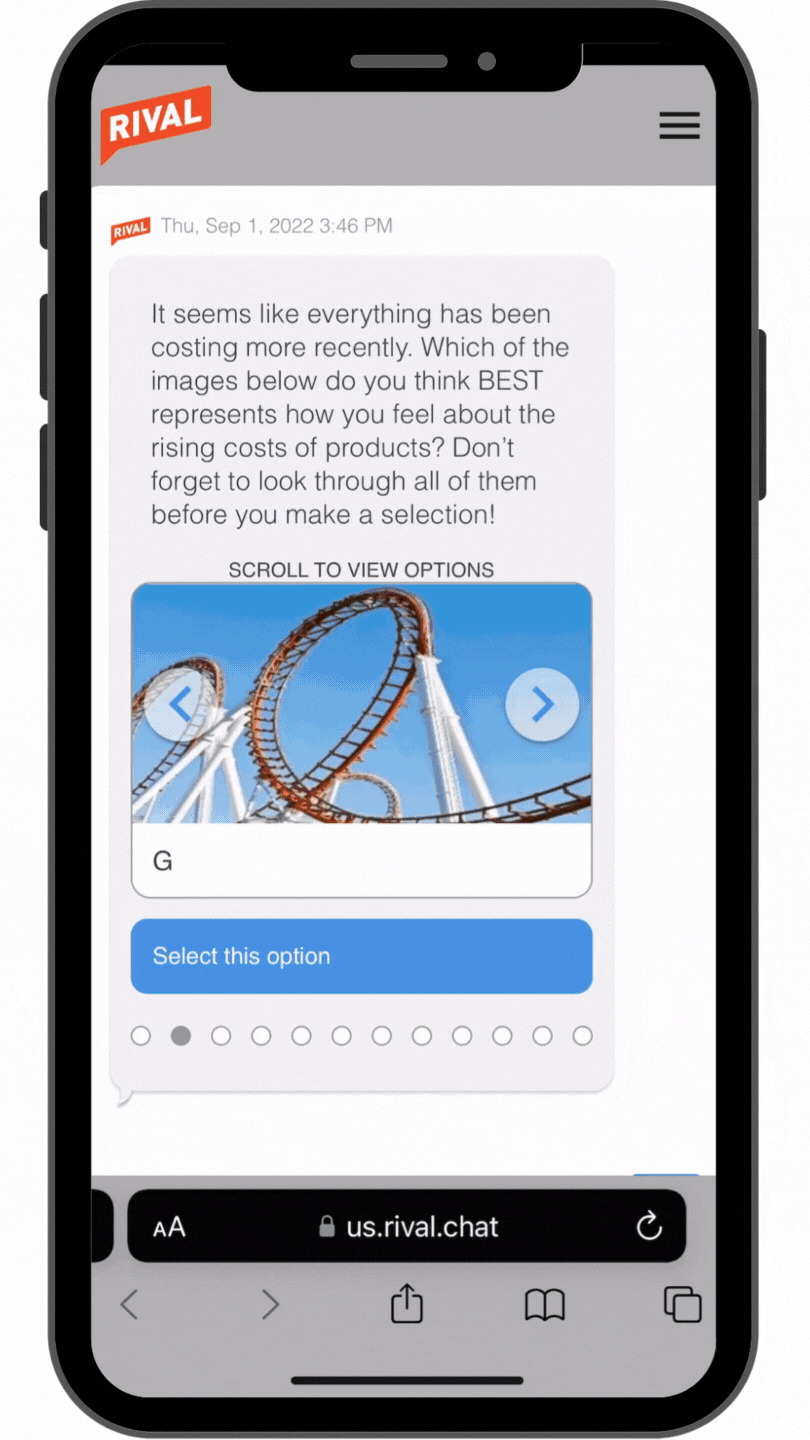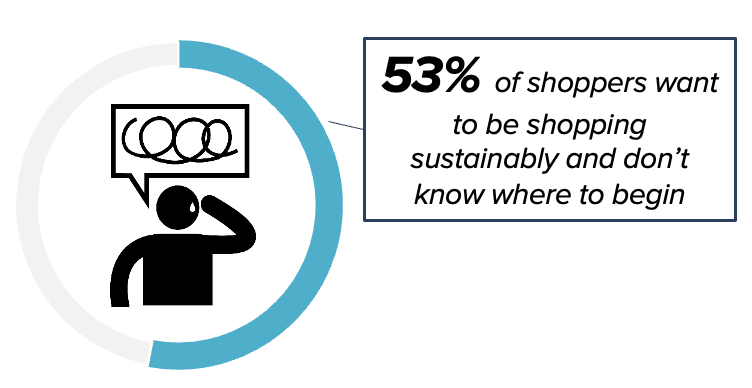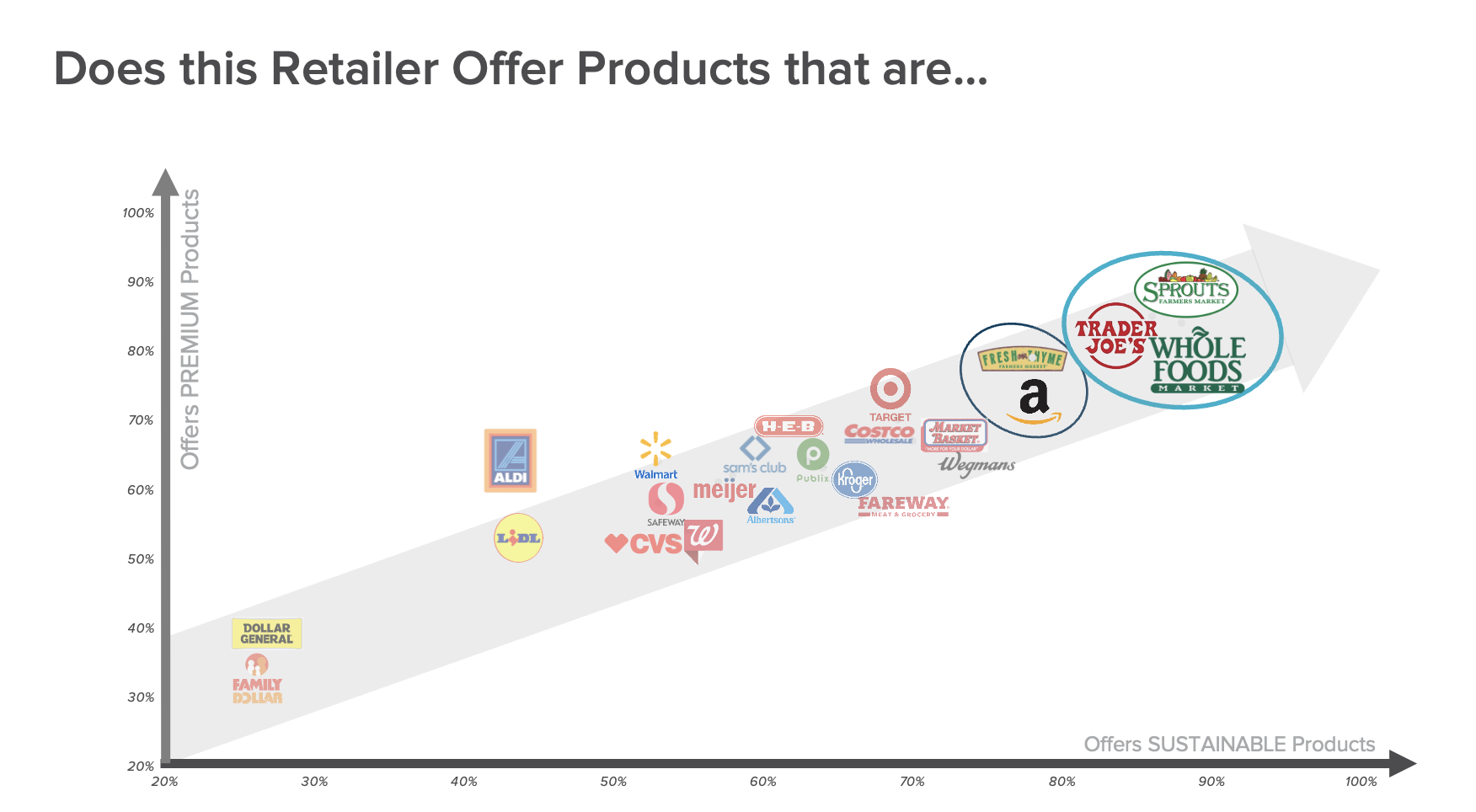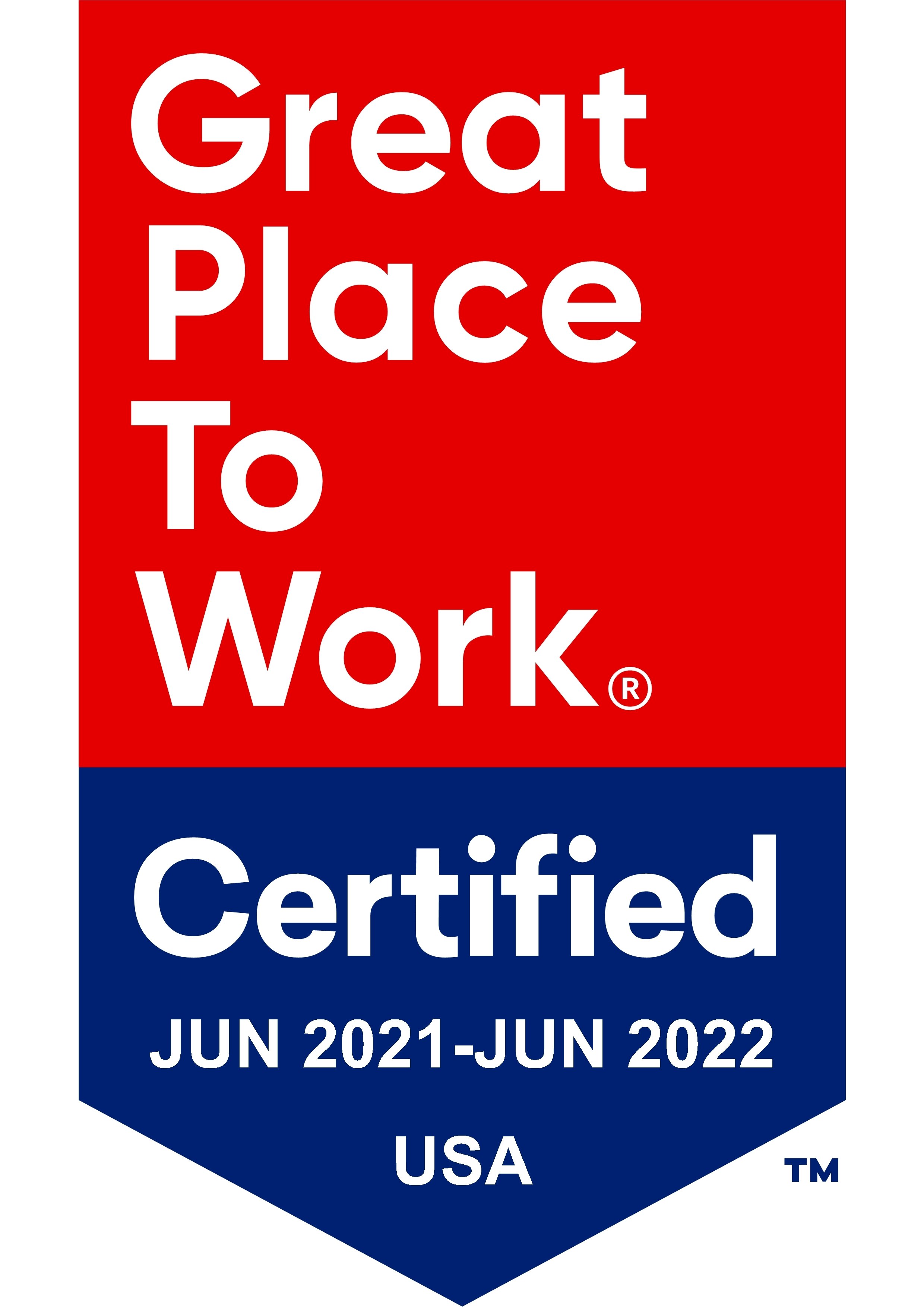I feel that expectations about what makes a product premium have shifted in recent years. It’s not always about how a product looks but if it is sustainable and about creating less waste. - Female, Millennial
In recent years, sustainability has become a growing trend in the lives of consumers; what was once simply an afterthought (can this item be recycled?), has now worked its way into the everyday lives of consumers and their decision-making. Along with this increased focus on sustainability, the definition of what sustainability is, exactly, has become increasingly difficult to nail down.
lives of consumers and their decision-making. Along with this increased focus on sustainability, the definition of what sustainability is, exactly, has become increasingly difficult to nail down.
Premiumization is another rising trend that consumers have been contending with, and much like sustainability, its definition has shifted –no longer being defined solely by “high quality.” With so much change, and with these two trends often intersecting (sustainable = premium and vice versa), it has become a challenge for consumers to discern which products and brands are truly sustainable.
So, where are consumers looking to understand what is and isn’t sustainable?
To understand how consumers define sustainability and premiumization and discover where they look to better understand these trends, Reach3 Insights fielded a custom survey to n=2000 Americans 18+. Our conversational insights approach and Rival’s mobile messaging-based research platform allowed us to collect quant, qual and video-based feedback – in a single research touchpoint – facilitating our deep understanding of these trends and the insights.
Insight #1: Consumers are not confident nor aligned in what it means to be a sustainable product.
The word “sustainable” means different things to different people, if it means anything at all! Interestingly, 41% of consumers reported being unsure of how to define “sustainability.” Given the high uncertainty surrounding sustainability and some mistrust in brands given the “greenwashing” that has occurred, consumers need a resource that can help clear the air (pun intended) when it comes to understanding what is/isn’t sustainable these days.

Insight #2: Consumers are turning to retailers to help identify sustainable products.
That’s right: retailers are actually leading consumers to their sustainability associations, not brands themselves. This is a fascinating responsibility for retailers and implication for brands – that consumers are looking to their preferred retailer to curate a selection of items that are seen as sustainable (and premium…more on that below). Furthermore, a brand’s perception of being sustainable (or not) is dependent upon its placement in retailers that are viewed as being sustainability-minded.
When we asked consumers which retailers offer more sustainable and premium items, we saw a large positive correlation between the perceived quality of a retailer and the variety of sustainable and premium goods they offer. As shown in the chart below, Whole Foods, Sprouts and Trader Joes rank highest for their selection of premium and sustainable products, with Amazon and Fresh Thyme close behind.

These findings indicate that shoppers want to be making sustainable purchases, and they look to retailers to guide them on this. Retailers today have the power to define what sustainable and premium products look like, and which products are worth purchasing by showcasing items that meet their standards. There is a big opportunity in this space to strengthen shopper loyalty and make a name as a leader in these product categories. The question is, which retailers will step up to the plate first?
Insight #3: The definition of ‘premium’ is changing and is more complex than ever.
“Premium” is no longer solely defined by being “high quality.” Rather, when defining what a premium product looks like today, consumers consider a brand’s social awareness, values, sustainability efforts and more. That’s a lot of factors for a brand to communicate, especially in a succinct and authentic manner. So like sustainability, an easier path for brands may be simply aligning themselves with retailers that are seen as premium.
“I feel that expectations about what makes a product premium have shifted in recent years. It’s not always about how a product looks but if it is sustainable and about creating less waste” Female, Millennial
“Today premium products are products that work but are also socially responsible” Male, Millennial
In a way, what we’re saying has always been true: brands need retailers and retailers need brands, but now more than ever, it seems the two will either rise or sink together when it comes to staying relevant amongst these two power trends.
We're only able to capture these insights because of our immersive, mobile messaging-based research approaches that engage people in a fashion that seems natural & organic to the topic. For more insights, check out our mobile deliverable, "Defining ‘Sustainable’ and ‘Premium’ in the Minds of Consumers."

Peta Silva
Research Consultant







.webp?width=65&height=83&name=A-LIGN_HIPAA%20(1).webp)

